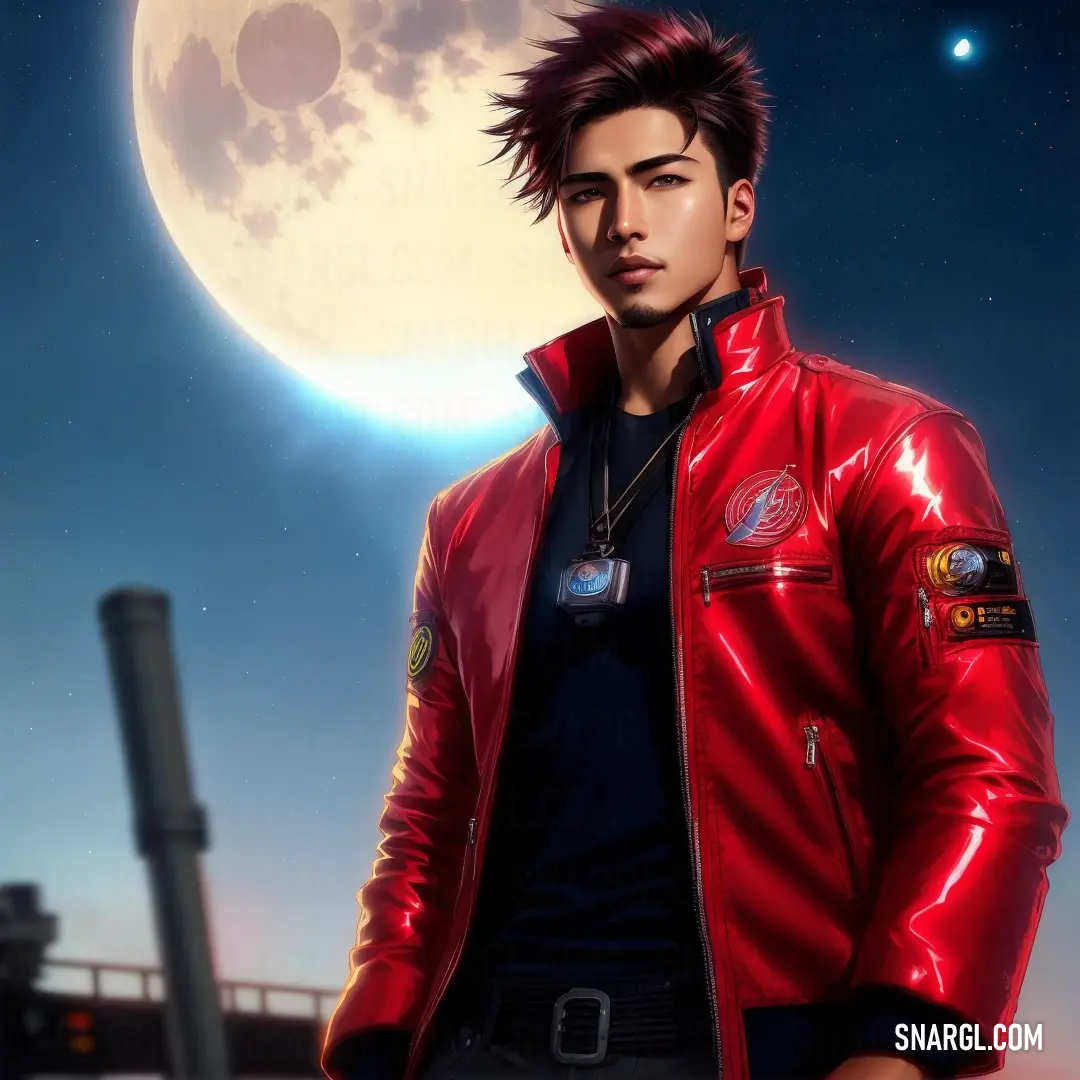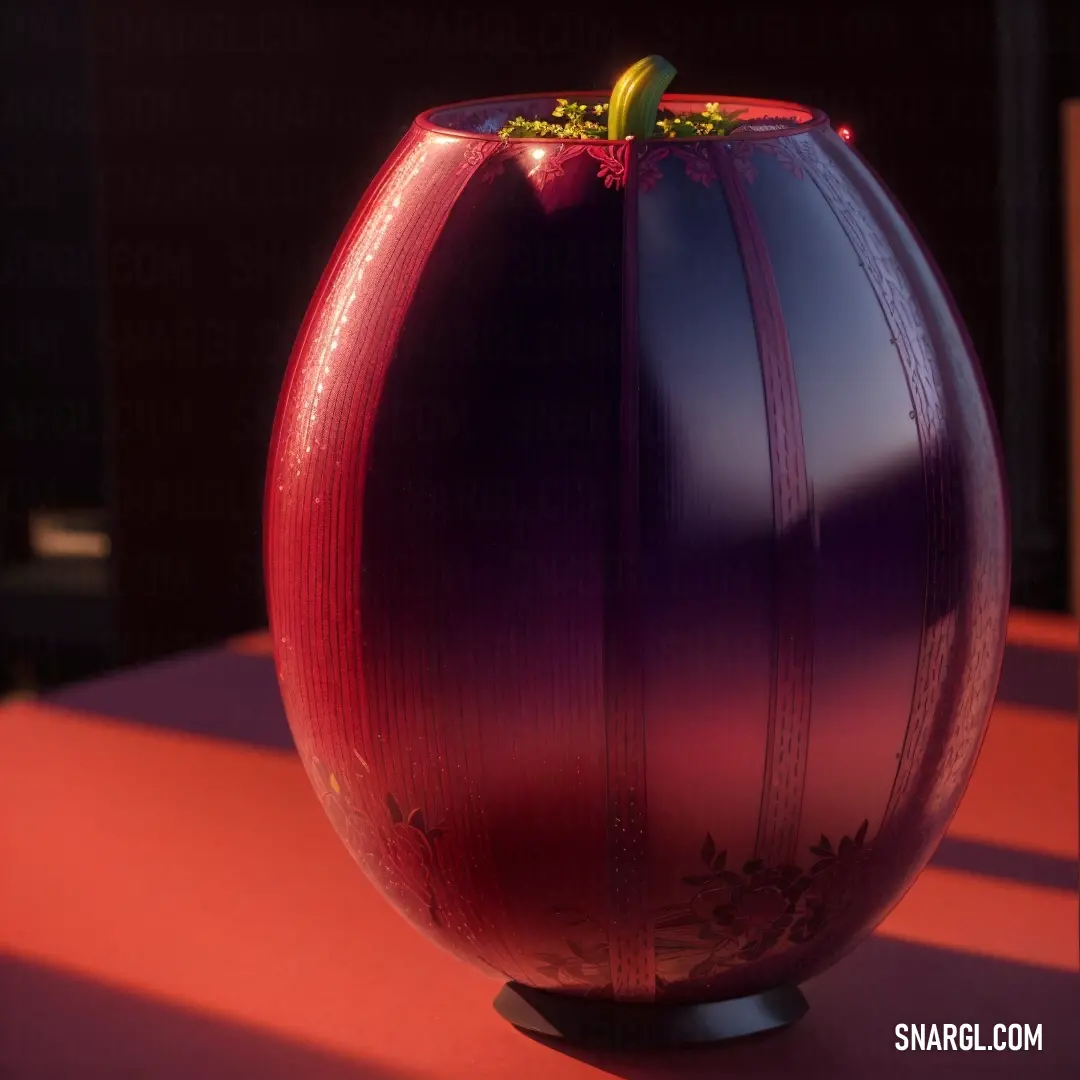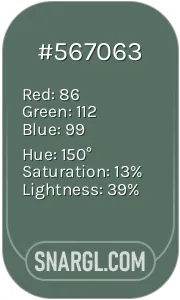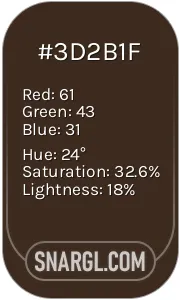
UP Maroon
What color is UP Maroon?
UP Maroon is a dark shade of red that is used as the primary color of the University of the Philippines.
It has a hexadecimal code of #7B1113 and an RGB code of 123, 17, 19.
In the CMYK color model, it is composed of 0% cyan, 86% magenta, 85% yellow and 52% black.
This color has a hue angle of 358.9 degrees, a saturation of 75.7% and a lightness of 27.5%.
It is also known as UP Crimson or UP Red.
UP Maroon is a warm color that belongs to the brown color family.
It is similar to other colors such as Falu Red, Prune, Maroon and Blood Red.
UP Maroon is the official color of the University of the Philippines, the national university of the country.
It represents the academic excellence, nationalism and social consciousness of the institution and its constituents.
This color is also a symbol of courage, passion and resilience in the face of challenges and adversity.
UP Maroon is often paired with UP Forest Green, another official color of the university, to create a striking contrast and harmony.
It has a rich history and significance in the Philippines.
UP Maroon is not only a color, but also an identity and a pride for the UP community and the Filipino people.
It is a color that stands for excellence, service and honor.
Example of the palette with the UP Maroon color

See these colors in NCS, PANTONE, RAL palettes...
Example of the palette with the UP Maroon color

See these colors in NCS, PANTONE, RAL palettes...
Example of the palette with the UP Maroon color

See these colors in NCS, PANTONE, RAL palettes...
Example of the palette with the UP Maroon color

See these colors in NCS, PANTONE, RAL palettes...
Example of the palette with the UP Maroon color

See these colors in NCS, PANTONE, RAL palettes...
What are the examples of UP Maroon color in everyday life?
It is also known as UP Maroon, Persian Plum, or Prune.
Some examples of UP Maroon color in everyday life are:
The flag of the University of the Philippines, which has a UP Maroon background with a white triangle and a golden sun.
The uniforms of the University of the Philippines Fighting Maroons, the varsity teams of the university that compete in various sports such as basketball, volleyball, football, and chess.
The logo of the University of the Philippines Alumni Association, which features a UP Maroon shield with a white oblation and the letters U and P.
The flowers of the maroon hibiscus, a tropical plant that has large, showy, and fragrant blooms that range from deep red to purple.
The fruits of the maroon plum, a type of plum that has a dark red skin and flesh that is sweet and juicy.
The paint of the maroon car, a popular color choice for vehicles that is associated with elegance, sophistication, and luxury.
Example of the palette with the UP Maroon color

See these colors in NCS, PANTONE, RAL palettes...

















 Dark tea green
Dark tea green Onyx
Onyx UP Maroon
UP Maroon Isabelline
Isabelline Arsenic
Arsenic Smoky black
Smoky black Zinnwaldite
Zinnwaldite Burnt Orange
Burnt Orange Bulgarian rose
Bulgarian rose Bistre
Bistre Wine
Wine Smokey topaz
Smokey topaz Gray-Tea Green
Gray-Tea Green Pastel brown
Pastel brown Antique White
Antique White Charcoal
Charcoal Auburn
Auburn Dark jungle green
Dark jungle green





 Camouflage green
Camouflage green MSU Green
MSU Green Laurel green
Laurel green







